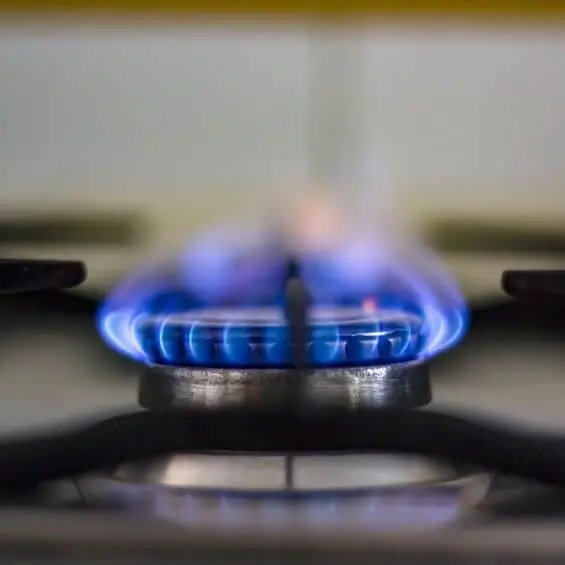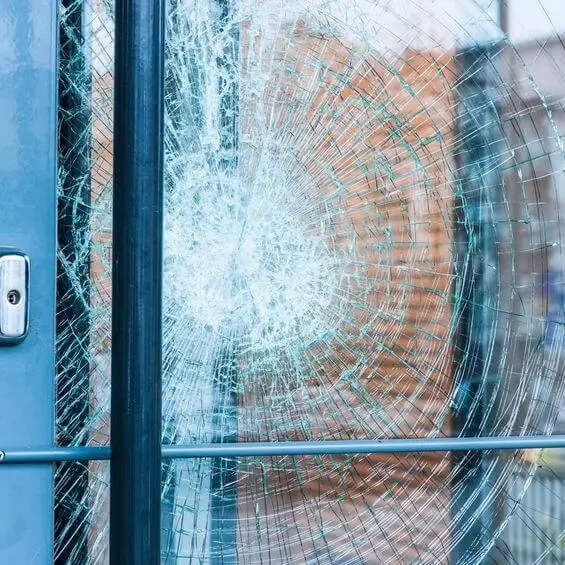Homeowners with boilers, central heating, cook stoves, gas fireplaces, water heaters, and other types of gas powered appliances cookers are installing carbon monoxide detectors because of the carbon monoxide gas. Carbon monoxide is a gas that is colorless, flammable, odorless, and tasteless that is denser than the air in a home. Gas is a natural and safe source of energy, but carbon monoxide is dangerous because when it doesn't burn completely, it becomes dangerous.
Once we hear about somebody dying from carbon monoxide, we become concerned that maybe it isn't the safest source of energy. It isn't only safe, but it burns clean and heats a home faster than electricity. If it is left on, like a burner didn't get turned off completed carbon monoxide will dissipate typically quickly once all appliances are turned off and the door and windows are left open for a short time. The more fresh air that flow through the house will get the carbon monoxide out faster.
Carbon monoxide when operating in normal operation is blown outdoors through exhaust vents that each gas powered appliance has installed. There is more carbon monoxide detected from forest fires and volcanoes than a typical household appliance. Still, having carbon monoxide detectors installed is advised to be on the safe side of using natural gas in the home.
Each year, as many as 400 Americans are killed by carbon monoxide poisoning, from either their home or vehicle. It is more common during the winter when homes and vehicles are closed up with the heat and minimizing the ventilation. Carbon monoxide detectors should be considered essential in a home to help eliminate this from happening.
Each person will react to carbon monoxide differently, some could take a few hours, some it could be a few days. The symptoms that are common signs of carbon monoxide poisoning are often confused with flu-like symptoms:
A stronger exposure can cause additional symptoms such as:
With an extreme exposure to carbon monoxide poisoning, the person affected will typically fall asleep and lose consciousness, usually within a few minutes.
We are exposed to carbon monoxide in small amounts every day. When it becomes dangerous to the human body is when too much is inhaled, and it becomes poisoning. When carbon monoxide is breathed in, the oxygen in the body is displaced, taking it away from primary body organs that need oxygen like the brain, heart, and other vital organs. With carbon monoxide detectors installed in the home, you can be aware of the carbon monoxide poisoning and take care of the matter before it becomes deadly.
For mild carbon monoxide poisoning, fresh air is often enough to remove the poisoning from the body for most people. When there the poisoning is more severe, medical attention should be sought immediately so the person can be given high concentrations of fresh oxygen with a face mask.
What does oxygen do in battling carbon monoxide poisoning? It speeds up the withdraws the carbon monoxide from your blood and the symptoms are relieved. In cases where carbon monoxide detectors are not used, a treatment of high-pressure oxygen is needed with a hyperbaric chamber. Smaller amounts of carbon monoxide poisoning for an expectant mother or anyone with underlying health conditions may need hyperbaric chamber.

Whether you are smelling or tasting carbon monoxide or gas, you should perform a carbon monoxide check periodically to assure there isn't any small leak that you're not noticing. Here are eight things to be aware of, even you know what carbon monoxide smell like but not noticing it:
It is important to know the difference between carbon monoxide vs carbon dioxide, the two gases are a mixture of carbon and oxygen but are created differently. Where carbon dioxide is the effect of complete combustion, the chemical reaction where hydrocarbon reacts with oxygen and produces carbon dioxide and water. Complete combustion will often involve a flame, like a candle burning. The colorless and odorless carbon dioxide gas releases into the air, but because it is releasing into an open air, it mixes with the atmosphere.
Carbon monoxide is incomplete combustion that occurs when the fresh air is limited. Carbon monoxide isn't a natural occurrence but is formed through products like coal, natural gas, oil, etc. when there is a low oxygen level. This is when carbon monoxide detectors are recommended in homes. Need a carbon monoxide detector for your home in North Little Rock, AR? Call 501-860-6767 today.

